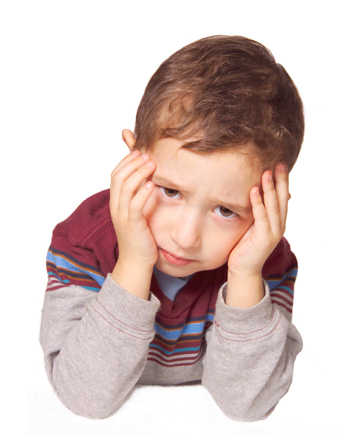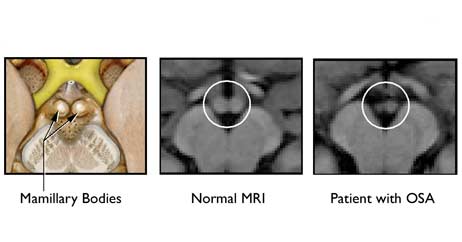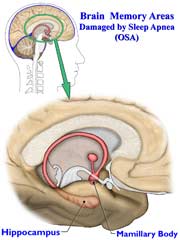Medicines to prevent or treat migraines in adults aren’t effective in stopping the headaches in children, according to two studies that suggest doctors may want to re-evaluate the use of the drugs in pediatric patients.
An analysis of 21 trials published in JAMA Pediatrics showed that Johnson and Johnson’s seizure medicine Topamax and the antidepressant trazodone “have limited evidence” to support use in children’s migraines occurring fewer than 15 times a month. Other drugs, including some medicines for hypertension are no better than a placebo, the research found.
About 8 million kids, or 1 of 20 in the U.S., get migraines, according to Jacksonville, Florida-based Nemours, a nonprofit children’s health organization. The results show that more studies are needed to look at the use of adult migraine medicines in kids and what role placebos have in helping children and adolescents, researchers said
“Pediatric clinical trials are different than trials conducted in adults for many reasons,” William Rodriguez, Pediatric Science Director of the Food and Drug Administration Office of Pediatric Therapeutics, said in an e-mail. “One of the issues is that a failed pediatric trial seldom motivates a sponsor to conduct additional pediatric trials. This is in contrast to what happens with failed adult trials. It has to do with the fact the sponsor is usually much more interested in the adult market as the pediatric populations with diseases are small.”
FDA Analysis
Rodriguez was an author on a second analysis by the FDA of trials of children given a commonly used class of migraine drugs called triptans. It found that many children got better without the medication.
In the first study from the Medical College of Wisconsin in Milwaukee, the researchers analyzed 21 trials of migraine medicines that included children and adolescents. Of those, 13 included a group that received a placebo rather than study drug.
They found that Topamax and trazodone reduced episodic migraines more than placebo, less than one headache a month when compared to placebo, while clonidine, for high blood pressure; flunarizine, a calcium channel blocker; pizotifen, a migraine drug; propranolol, for high blood pressure; and valproate, an anticonvulsant, were no more effective than placebo.
The analysis also showed that children taking a placebo, rather than the study drugs, reduced their migraines by an average of about three headaches a month. The high placebo response suggests more studies of pediatric headaches should include a placebo group, the authors said.
Few Studies
“There were surprisingly few studies on treating headaches in children, particularly compared to the hundreds that have been done in adults,” said Jeffrey Jackson, a study author and professor of medicine at the Medical College of Wisconsin, in a Jan. 28 e-mail. “Most of the drugs that are effective in adults do not have evidence of effectiveness in children.”
The FDA analysis found that high placebo response rates were consistent across the migraine trials studied and pose a challenge to those who design the research. When putting together clinical trials, researchers need to take into account those children who feel better after taking a placebo.
“These studies clearly demonstrate why we cannot assume what works in adults will work in kids and why children need their own studies,” Rodriguez said. “There are many -- over 50 percent in most studies -- of children who do not need a drug for the migraine to resolve in a couple of hours. Drug therapy appears to be effective in a certain subset of children with migraine.”
Read more here





 What can we learn about Down syndrome by studying the neural mechanisms of sleep? Plenty, according to
What can we learn about Down syndrome by studying the neural mechanisms of sleep? Plenty, according to 





